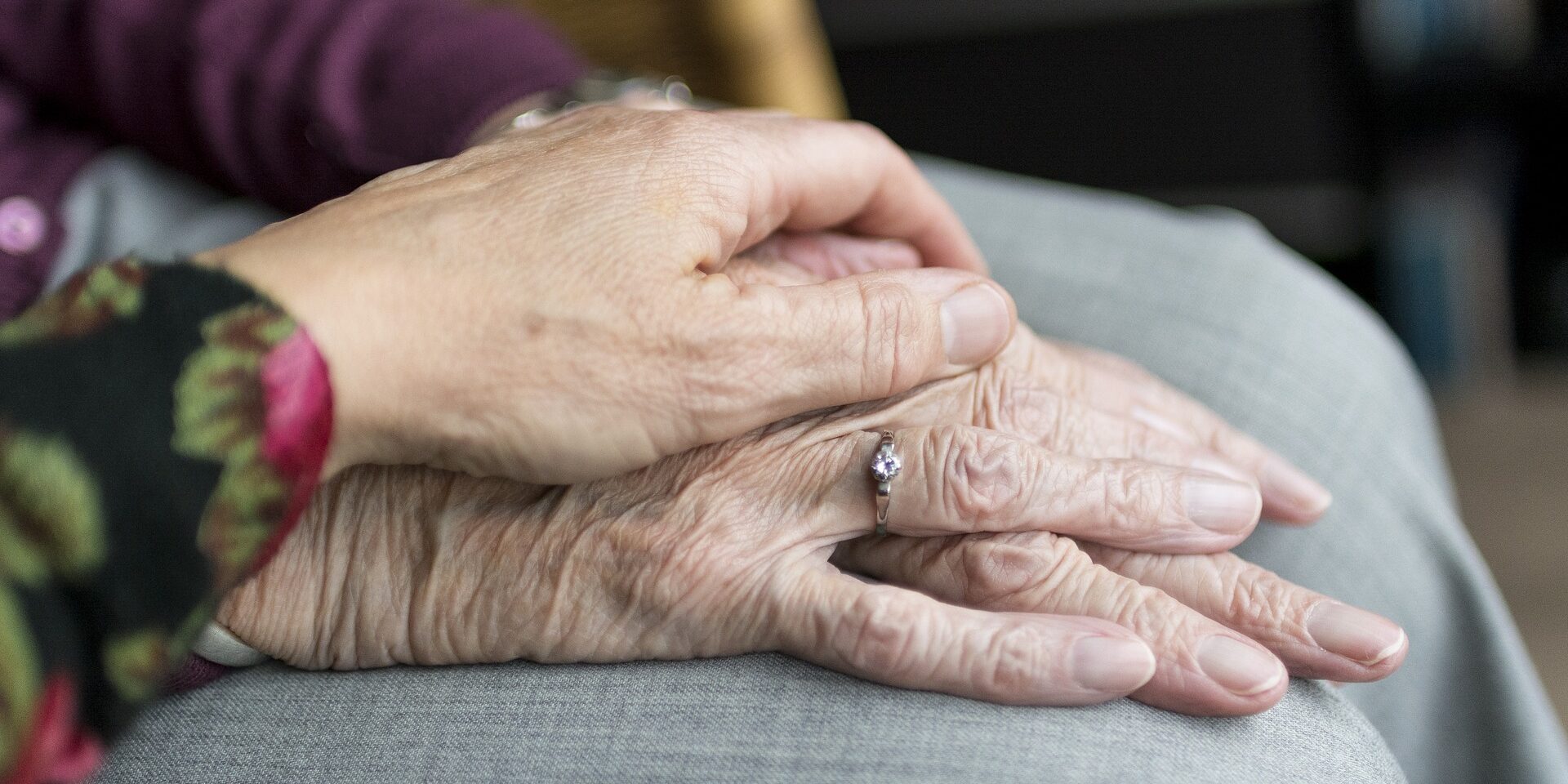Palliative Care Myths vs. Realities: Dispelling Common Misconceptions
Have you ever felt lost in a whirlwind of medical decisions, unsure where to turn for comfort and support? Palliative care nursing steps in like a guiding light in the darkest times.
Palliative care nursing is all about care, understanding, and empathy during tough times. We know how overwhelming serious illnesses can be.
We’re here—to dispel misconceptions, ease your worries, and help you understand the truth about palliative care nursing.
So, let’s walk this path together, shedding light on what it means to receive compassionate care during life’s most challenging moments.
Breaking Down The Myths And Shining Light On Palliative Care Reality
Palliative care is one of the concepts that is misunderstood in the medical industry. Not only do common people hold misconceptions about this care, but some medical community members also fail to understand its true nature.
This prevents patients and families from receiving the benefits of this care when they need it most. Let’s break these misconceptions and understand what palliative care truly is.
Myth 1: Palliative Care is Only for Patients At The End of Life
When you hear about palliative care, you might picture it as something that only happens in the final stages of life. But let’s clear up this misconception. Palliative care isn’t just about the end. It’s about the journey through illness, no matter the stage.
Reality: Palliative Care is Comprehensive Support
Palliative care is like having a team of caring experts by your side, supporting you every step of the way. It addresses all aspects of your well-being—physical, emotional, and spiritual – not just the pain.
Whether you’re newly diagnosed, undergoing treatment, or nearing the end of life, palliative care nurses are there to provide comfort, guidance, and support. They help you through the treatment options, manage symptoms, and cope with the challenges of serious illness.
Palliative care is about living as fully and comfortably as possible, regardless of your prognosis. It’s about improving life quality to make sure that you and your loved ones receive the care you deserve.
Myth 2: Palliative Care Means Giving Up on Treatment
When someone hears about palliative care for the first time, there’s a common misunderstanding that this type of care is only for the very end of life, suggesting that choosing palliative care means giving up on any other form of treatment.
It’s as if someone has turned off the road to recovery and parked in a place where no further efforts to get better are made. But this couldn’t be further from the truth.
Reality: Palliative Care Works Alongside Other Treatments
Palliative care doesn’t replace the main treatment plan—whether that’s aiming for a cure or extending life. Instead, think of palliative care as an extra layer of support, walking hand-in-hand with other treatments.
Here’s how palliative care complements other treatments:
- Pain and Symptom Management: Palliative care makes the journey more comfortable by managing pain, nausea, or shortness of breath so you can focus on moving forward.
- Emotional and Psychological Support: Facing a serious illness can feel like carrying a heavy emotional backpack. Palliative care helps lighten that load by providing counselling and support, not just for you but for your family, too.
- Coordination of Care: Palliative care acts as a guide, coordinating between different healthcare providers to ensure treatments align with your goals and preferences.
Palliative care nursing works in harmony with all other treatments and helps patients and their families face the challenges of serious illness with strength and dignity.
Myth 3: Palliative Care and Hospice Care Are Same
Another common confusion arises between palliative care and hospice care, with many believing they are the same. While both focus on comfort and quality of life, there are important differences.
Reality: Palliative Care Nursing Covers a Broader Scope
Palliative care can is give at any stage of a serious illness, not just the final months or days of life.
It’s available to patients from the moment of diagnosis and throughout the course of the disease, regardless of the prognosis. The aim is to ease the symptoms and improve the quality of life.
Hospice care is intended for patients in the final stage of a terminal illness, with a life expectancy of six months or less.
While hospice care also provides comprehensive comfort care, it is usually used when curative or life-prolonging treatments are no longer in place.
The distinction is crucial because it highlights how palliative care is not only for those at the end of life. It means that patients with various stages of illness can benefit from palliative care, experiencing improved quality of life and sometimes even longer survival.
Myth 4: Palliative Care is Only for the Patient
A common belief is that palliative care focuses exclusively on the patient’s needs, overlooking the emotional and practical challenges faced by their loved ones.
It’s easy to think that palliative care is limited to medical treatment and symptom management. However, this view misses a crucial aspect of what it truly encompasses.
Reality: Palliative Care Supports Families Too
Palliative care recognises the journey of serious illness as a shared experience among patients, their families, and caregivers.
It extends beyond the patients, offering support for families and caregivers as well. This holistic approach includes providing emotional support, guidance in making difficult decisions, and help with dealing with the healthcare system.
Families and caregivers are a vital part of the patient’s care team, and their well-being is essential for the overall effectiveness of care.
Palliative care services may include counselling, support groups, and education on how to care for the patient at home.
Moreover, palliative care teams often start conversations about care goals, advance directives, and end-of-life planning to make sure that patients and their families’ values and wishes are honoured.
Myth 5: Palliative Care Solely Focuses on Physical Symptoms
A common misunderstanding is that palliative care is narrowly focused on managing physical symptoms such as pain, nausea, or shortness of breath. These aspects are indeed crucial, but they’re just one part of a larger picture.
Reality: Addressing Physical, Emotional, and Spiritual Needs
Palliative care cares for the whole person. It recognises that a serious illness affects more than just the body. It impacts every aspect of a person’s life, including their mental health, emotional well-being, and spiritual peace.
Palliative care nursing helps people live as fully and comfortably as possible, offering a more comprehensive form of support during some of life’s most challenging moments.
In this way, palliative care is about adding life to days, making every moment as meaningful and comfortable as possible for both patients and their families.
Finding and Accessing Palliative Care Services
If you or someone you know might benefit from palliative care, you might wonder, “How do we find these services?” and “What should we expect?” Here’s a guide to get you started:
- Start with Your Healthcare Team: First, have a conversation with your doctor. They can refer you directly to palliative care services.
- Check with Hospitals and Clinics: Many hospitals have a palliative care team, or they know where you can find one. Don’t hesitate to ask your local hospital or clinic for information.
- Look into Your Insurance: Knowing what your insurance covers is important. Contact your insurance company to ask about palliative care coverage and request a list of palliative care providers in your network.
- Use Online Resources: The internet is great for finding palliative care services in your area. Organisations dedicated to palliative care often have directories on their websites.
- Know What to Ask: When you find a palliative care service, it’s okay to ask questions. Find out about the service’s care approach, the team’s composition, and how they plan to take care of the patient’s needs.
Finding the right palliative care can take some effort, but it’s worth it. This type of care provides relief, support, and comfort during a challenging time.
Final Words: The Future of Palliative Care Nursing
We’ve talked a lot about palliative care and why it’s so important to understand it properly. Knowing the truth helps everyone — patients and families get the support they need, and care teams can provide the best help possible.
Looking ahead, palliative care is getting more attention, which is great news. This means better care for more people and more healthcare workers learning how to offer this kind of support.
Let’s keep spreading the word so that palliative care nursing can reach everyone who needs it.


